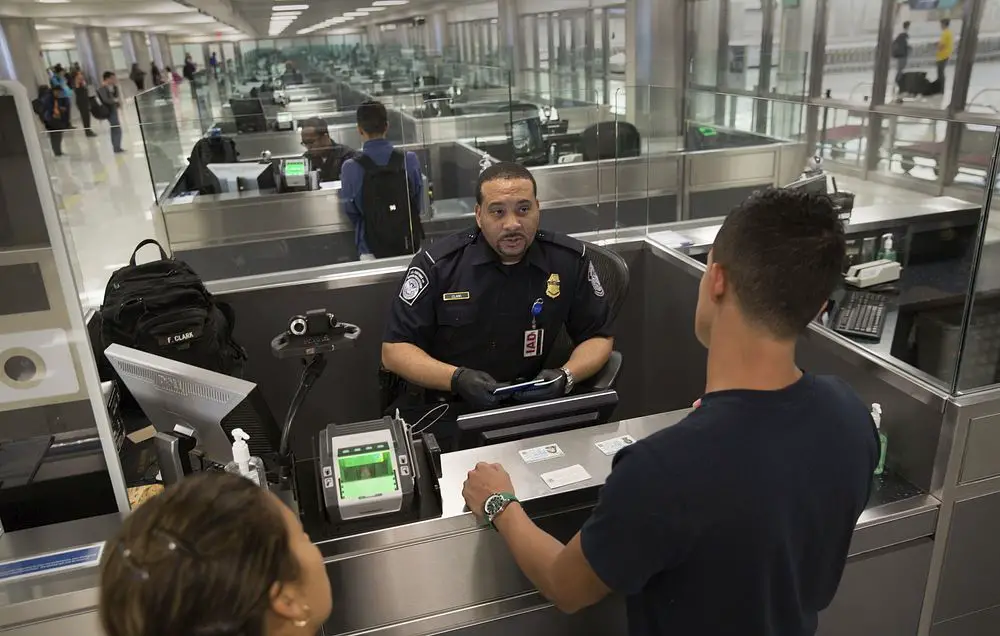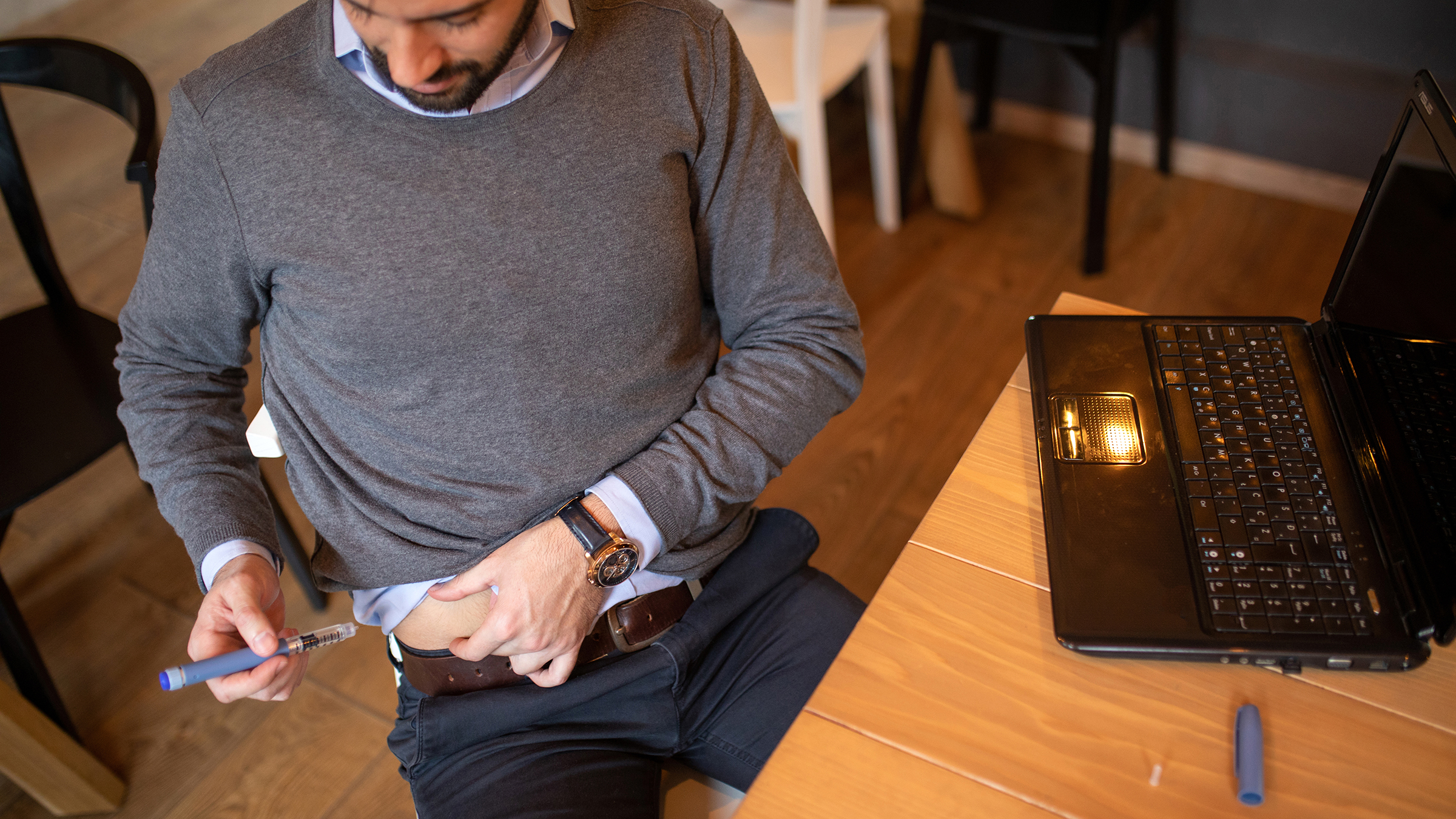Traveling with insulin on a plane requires careful planning to ensure a smooth and hassle-free journey for individuals managing diabetes. Navigating airport security, understanding storage guidelines, and preparing for potential emergencies are crucial aspects to consider.
In this guide, we will explore essential tips on how to travel with insulin on a plane, providing valuable insights to help travelers with diabetes confidently manage their medication while ensuring compliance with airline regulations.
Whether you’re a frequent flyer or planning your first trip, understanding the intricacies of traveling with insulin is essential for a stress-free travel experience.
Importance of proper insulin management during travel:
Proper insulin management during travel is of paramount importance for individuals with diabetes, especially when navigating the intricacies of air travel. Maintaining stable blood sugar levels is critical to overall health, and disruptions in routine can pose challenges.
Traveling introduces various factors that can impact insulin efficacy, including changes in time zones, meal schedules, and activity levels. In this context, understanding how to travel with insulin on a plane becomes not just a matter of convenience but a crucial aspect of health maintenance.
Effective insulin management ensures that individuals can enjoy their journeys without compromising their well-being.
This guide will delve into the specifics of handling insulin during air travel, offering practical tips to empower individuals with diabetes to confidently manage their medication and maintain control over their health while on the move.
1. Preparing for Travel

Consultation with Healthcare Provider
Discussing Travel Plans and Insulin Needs
Initiating a dialogue with a healthcare provider is the first step in ensuring a safe and well-managed journey. Discussing travel plans, including destination, duration, and potential disruptions to regular routines, allows for the adjustment of insulin needs.
This proactive approach enables individuals to anticipate changes in their diabetes management and plan accordingly.
Obtaining Necessary Prescriptions and Documentation
Securing the required prescriptions and documentation is crucial for a smooth travel experience. Healthcare providers can provide official documentation explaining the medical necessity of carrying insulin and related supplies.
This documentation is essential for passing through security checkpoints and addressing any unexpected situations that may arise during the trip.
Researching Airline Policies
Understanding Specific Rules and Regulations
Each airline has its own set of rules and regulations concerning the transportation of insulin and medical supplies. Researching and understanding these specific guidelines are essential for compliance. This includes information on carrying insulin on board, storage requirements, and any additional steps that need to be taken to adhere to airline policies.
Checking for Any Restrictions on Carrying Medical Supplies
Some airlines may impose restrictions on carrying certain types or quantities of medical supplies. It is crucial to check for any limitations and plan accordingly. Understanding these restrictions in advance allows travelers to make necessary arrangements, such as obtaining special permission or securing additional documentation if required.
Packing Insulin Supplies
Calculating Required Insulin for the Duration of the Trip
Accurately calculating the required insulin for the entire journey is essential to avoid running out during travel. Factors such as travel duration, time zone changes, and planned activities can affect insulin needs.
This section guides individuals in calculating their insulin requirements, ensuring they have an adequate supply to manage their diabetes throughout the trip.
Assembling a Comprehensive Diabetes Travel Kit
Assembling a well-prepared diabetes travel kit is a crucial aspect of traveling with insulin. This kit should include not only a sufficient quantity of insulin but also testing supplies, spare medications, and any additional items necessary for diabetes management.
This comprehensive approach ensures that individuals are well-equipped to handle any unforeseen circumstances and maintain optimal health while traveling.
2. Documentation and Communication
Medical Certificates and Prescriptions
Obtaining a Letter from a Healthcare Provider
Securing a letter from the healthcare provider is a crucial step in documentation preparation. This official document should outline the medical necessity of carrying insulin and related supplies during travel. It may include information about the individual’s condition, the need for insulin, and any specific requirements for its safe transport.
This letter serves as a valuable tool when encountering security or airline personnel and helps to prevent potential complications.
Carrying a Copy of the Prescription for Insulin
In addition to the healthcare provider’s letter, travelers should carry a copy of their prescription for insulin. This provides further evidence of the medical necessity and legitimacy of the carried medication.
Having a prescription copy on hand is useful in case of any unexpected inquiries or situations that may arise during the journey.
Notification to Airline Staff
Informing Airline Personnel About Carrying Insulin
Effective communication with airline staff is essential to ensure a seamless travel experience. Travelers should inform airline personnel about the presence of insulin and related supplies in their carry-on baggage during check-in or boarding.
This proactive communication helps create awareness among the airline staff, minimizing potential issues during security checks and ensuring a smooth passage through various stages of the journey.
Requesting Assistance if Needed
Individuals with diabetes have the right to request assistance from airline staff when carrying insulin. This may include requesting priority boarding to ensure timely access to seating and storage for medical supplies.
Travelers should feel empowered to communicate their needs and seek assistance as required, fostering a collaborative effort with airline personnel to facilitate a comfortable and stress-free travel experience.
3. Security Screening

Preparing for Security Checkpoints
Organizing Insulin and Supplies for Easy Inspection
Before reaching security checkpoints, travelers should organize their insulin and related supplies in a manner that facilitates easy inspection. Placing these items in a clear, resealable bag can expedite the screening process.
By ensuring accessibility and visibility, individuals not only comply with security regulations but also contribute to a smoother experience for both themselves and security personnel.
Understanding Security Procedures for Medical Devices
Familiarity with security procedures for medical devices is essential. Travelers should be aware of how insulin and associated equipment are typically screened.
This understanding can help individuals anticipate security requirements, reducing potential stress during the screening process. Being informed about these procedures ensures cooperation with security personnel while safeguarding the integrity of insulin and related supplies.
B. Communicating with Security Personnel
Politely Informing Officers About the Presence of Insulin
Effective communication with security personnel is key to a hassle-free screening experience. Travelers should politely inform security officers about the presence of insulin and related supplies in their carry-on baggage.
Clearly and calmly explaining the medical necessity of these items helps build understanding and cooperation between the traveler and security staff.
Cooperating with Security Protocols While Safeguarding Insulin
While adhering to security protocols, individuals should cooperate with officers while taking steps to safeguard their insulin. It is important to communicate any concerns or specific handling requirements for insulin to security personnel.
By actively participating in the screening process and demonstrating a commitment to compliance, travelers can help ensure the security of their medication while navigating through checkpoints efficiently.
4. In-Flight Management

Storage of Insulin During the Flight
Using an Insulated Travel Case
To maintain the efficacy of insulin, travelers should use an insulated travel case. These cases help regulate the temperature of insulin, protecting it from extreme cold or heat that may occur during air travel.
Insulated cases provide an additional layer of protection, ensuring that insulin remains within the recommended temperature range for optimal effectiveness.
Keeping Insulin Within Recommended Temperature Range
It’s crucial to be mindful of the temperature at which insulin is stored during the flight. Travelers should avoid placing insulin directly in the overhead compartment, where temperatures can fluctuate significantly. Instead, storing insulin in the carry-on bag under the seat provides a more stable environment.
Regularly checking and adjusting the insulated travel case to maintain the recommended temperature range is essential for the well-being of the medication.
Meal Planning and Medication Schedule
Adapting Insulin Dosage to Changes in Meal Times
Adjusting insulin dosage to accommodate changes in meal times is vital during air travel. Flight schedules may disrupt regular eating patterns, requiring travelers to be flexible in their insulin administration.
Consulting with healthcare providers beforehand can help individuals plan for these adjustments, ensuring that insulin doses align with meal schedules to maintain stable blood sugar levels.
Managing Time Zone Differences
Time zone changes can significantly impact medication schedules. Travelers should proactively manage these differences by adapting their insulin administration to the new time zone.
Setting reminders on watches or electronic devices can help individuals stay on track with their medication schedule, minimizing the risk of missed doses and supporting overall diabetes management during the journey.
5. Emergency Preparedness
Identifying Medical Facilities at the Destination
Researching Local Healthcare Resources
Before traveling, individuals should research and identify medical facilities at their destination. Knowing the location of hospitals, clinics, and pharmacies ensures quick access to necessary healthcare services if needed.
Familiarity with local resources can be especially valuable in the event of unexpected health issues or emergencies, providing a sense of security for individuals managing diabetes during their travels.
Carrying Emergency Contact Information
Travelers should carry a list of emergency contact information, including the names and contact details of their healthcare provider, as well as any local emergency numbers at the destination.
This information can prove crucial in case of unforeseen circumstances, allowing quick communication with medical professionals or local authorities if assistance is required.
Communication with Travel Companions
Informing Travel Companions About Diabetes Management
Open and clear communication with travel companions is essential. Individuals with diabetes should inform their travel companions about their condition, including specific aspects of diabetes management such as insulin administration, meal planning, and the importance of regular monitoring.
This ensures that companions are aware of potential challenges and can offer support when needed.
Educating Others on Responding to Emergencies
Travelers should educate their companions on how to respond to diabetes-related emergencies. This includes providing instructions on recognizing signs of hypoglycemia or hyperglycemia, understanding the use of emergency glucagon, and knowing when to seek medical assistance.
Empowering travel companions with this knowledge enhances the overall safety and well-being of individuals managing diabetes during the trip.
Related Topics:
Conclusion
mastering the art of traveling with insulin on a plane is a crucial skill for individuals managing diabetes.
From meticulous planning and adherence to airline regulations to proactive communication with healthcare providers and travel companions, this guide has explored the multifaceted aspects of ensuring a safe and stress-free journey.
By prioritizing proper insulin management, understanding security procedures, and preparing for potential emergencies, travelers can confidently navigate air travel while safeguarding their health.
Remembering the importance of organized documentation, effective communication, and in-flight management techniques contributes to a seamless experience, allowing individuals to focus on the adventure ahead while successfully managing their diabetes throughout the journey.
With careful preparation and a commitment to health-conscious travel, individuals can embrace the opportunities of exploration without compromising their well-being. Safe travels!
FAQs:
Can I bring insulin on a plane?
Yes, you can bring insulin on a plane. It is essential to be aware of airline regulations and security procedures to ensure a smooth journey. Keep your insulin in your carry-on bag and be prepared to provide documentation if requested.
What documentation do I need to carry for insulin during air travel?
It is advisable to carry a letter from your healthcare provider explaining the medical necessity of insulin and related supplies. Additionally, having a copy of your insulin prescription is recommended.
Are there restrictions on carrying insulin through airport security?
While there are no specific restrictions on carrying insulin through airport security, it is crucial to follow security procedures. Organize your insulin and supplies for easy inspection, and inform security personnel about the presence of insulin during screening.

1 thought on “How To Travel With Insulin On Plane: (Guide)”